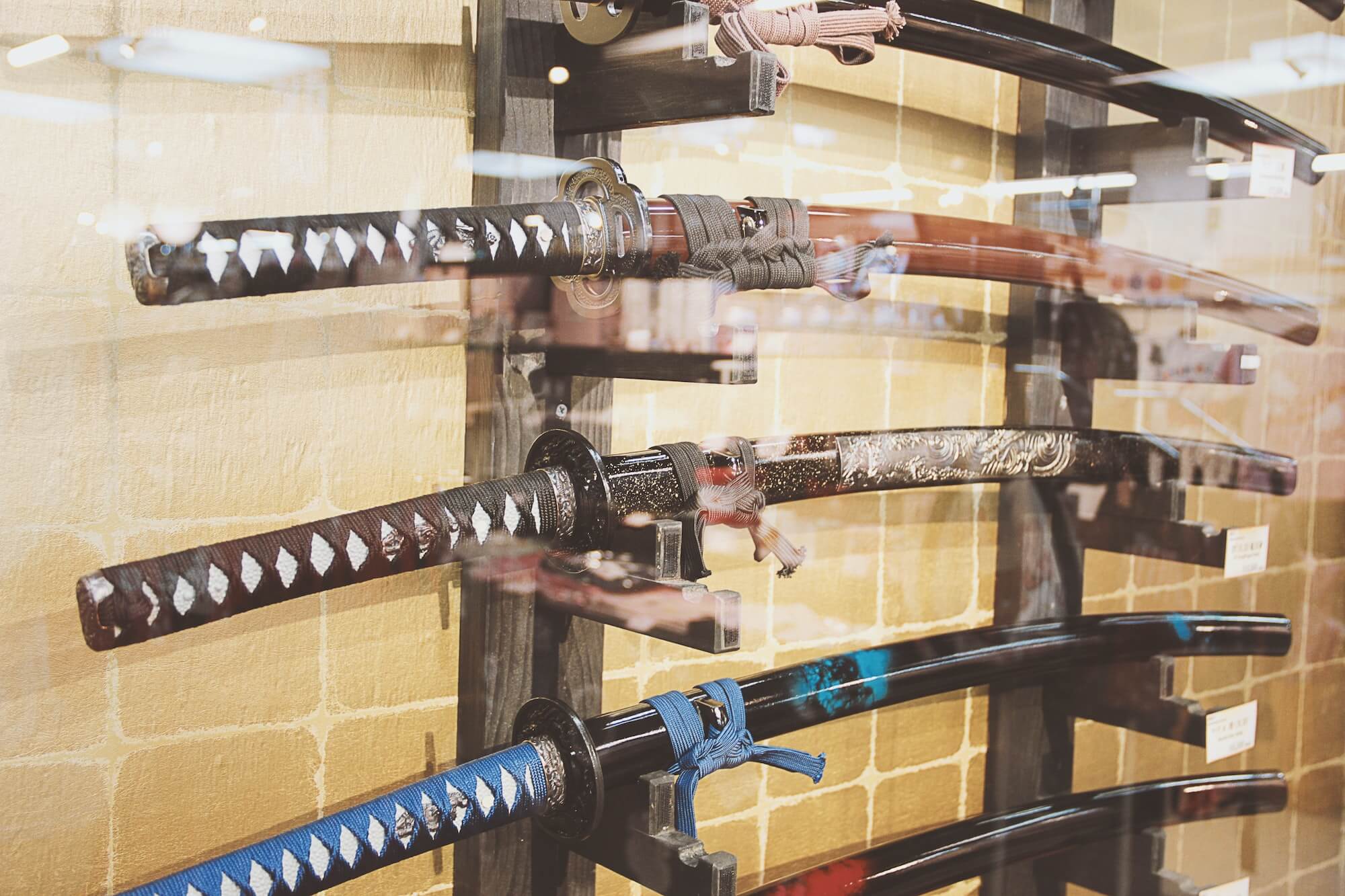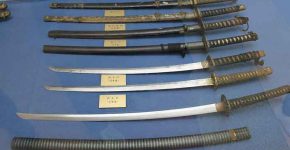The katana is a type of Japanese sword consisting of a steel curved blade, measuring about 3 feet in length. It was wielded by the samurai caste and was central to their warrior code, bushido. Bushido is the Japanese way of life and is a code of honor, ethics, and courage. The katana was first introduced to Japan in the 12th century; some scholars believe that it was developed during the Himoto period. So, What is the spiritual and cultural significance of the japanese katana?
The History of the Samurai and the Katana
The samurai was a member of the warrior caste in feudal Japan. The samurai were originally drawn from former members of the peasant class and were expert horsemen, swordsman, archers, and spearmen. Inspired by Zen Buddhism, Japanese warriors followed a code of honor known as Bushido: vowing to serve their masters without hesitation; cultivating an attitude of disdain for life; being prepared to die at any moment for their master or country; and committing suicide if they failed in battle. These values were later incorporated into the katana’s construction.
The Importance of the Katana in Japanese Culture
The katana was symbolic of the samurai’s social status and martial skill, as well as a weapon for fighting. They were made and decorated by master craftsmen who signed their work with a distinctive style; these blades passed from father to son and each katana had a soul or spirit that made it unique. The katana was not just a tool; it was an art and a way of life.

Cultural Significance of the Katana
The katana was central to the samurai caste’s code of ethics, Bushido, as well as their way of life, Bunbu. The sword came to Japan from China during the Heian Period (7th century AD). The samurai were initially a class of peasants called the “soshi” and were led by their Udaisho. During this period, they used swords with curved blades and no guard or cross-guard. A warrior would typically carry two swords, a shorter blade (a Wakizashi) and a longer blade (Katana). A sword guard was added to protect the hand.
Part of the Social Structure
The samurai’s code of Bushido is the Japanese way of life, Bunbu. It was introduced to Japan in the 12th century. The samurai had a high place in Japanese culture and held power through their service to the emperor. Rank was determined by birth; as a member of the warrior caste, it was your duty to serve your liege lord with absolute loyalty until death. If a lord was killed, then it is up to his vassals to avenge him and reclaim his honor.









